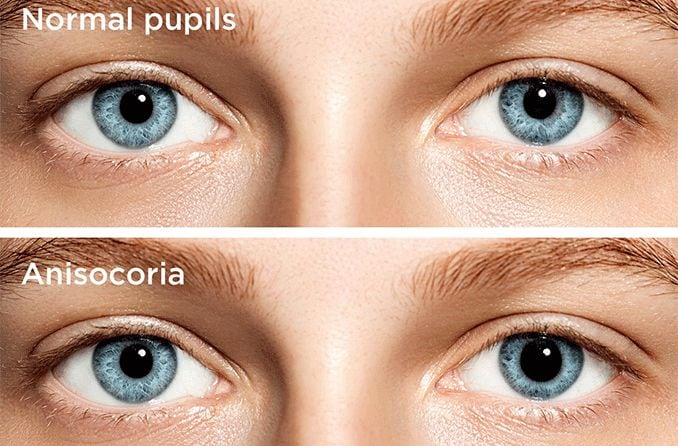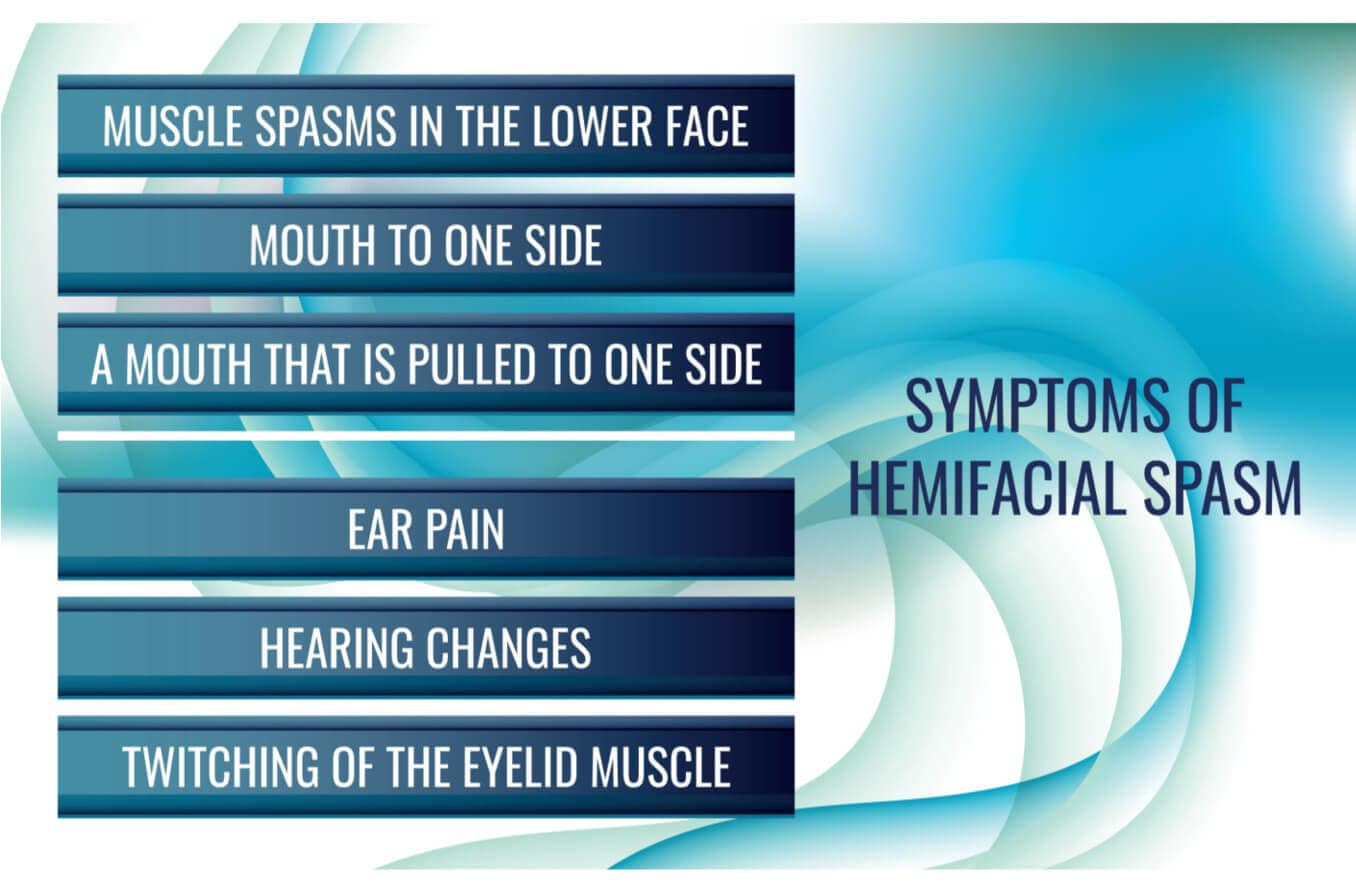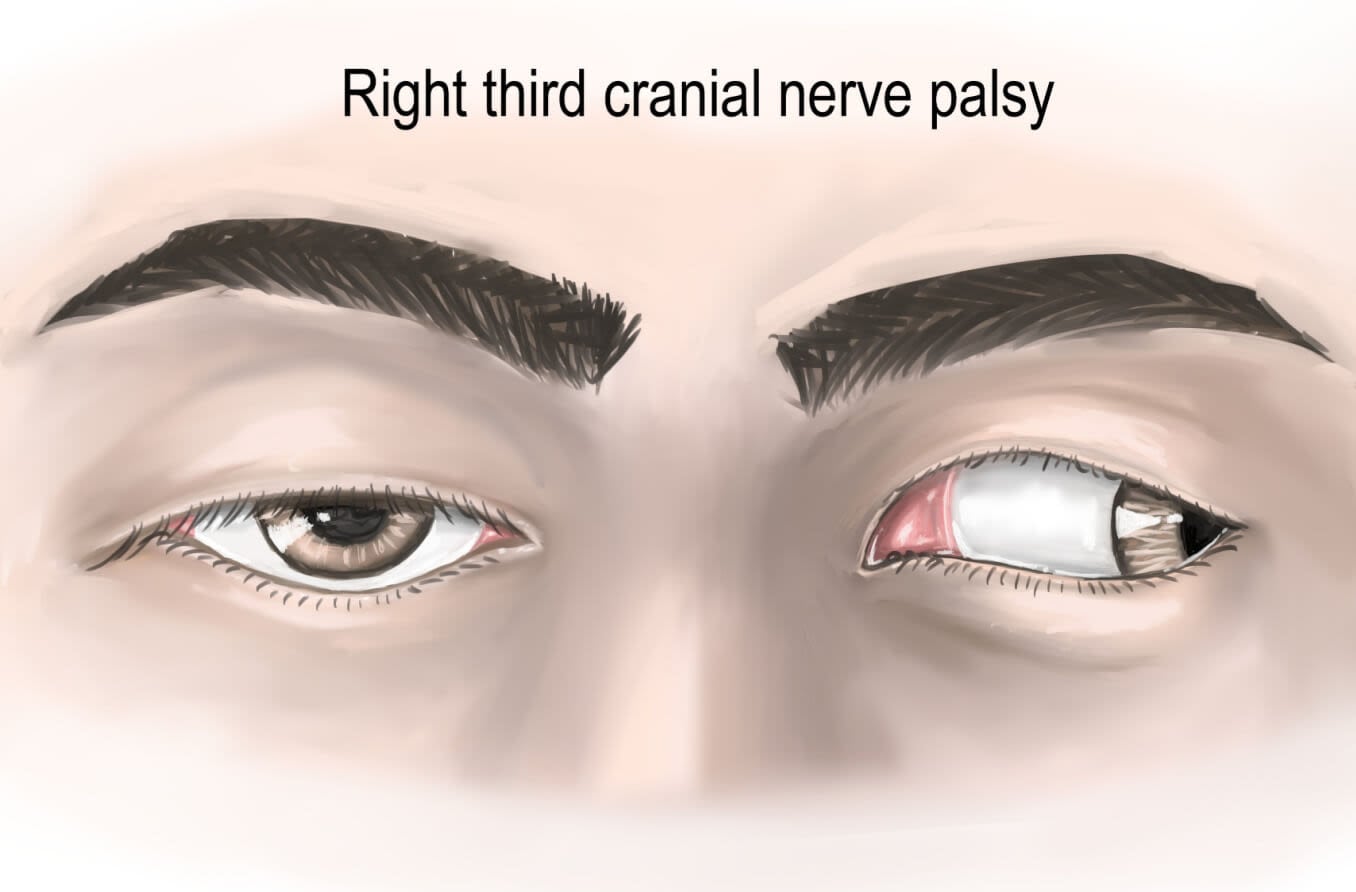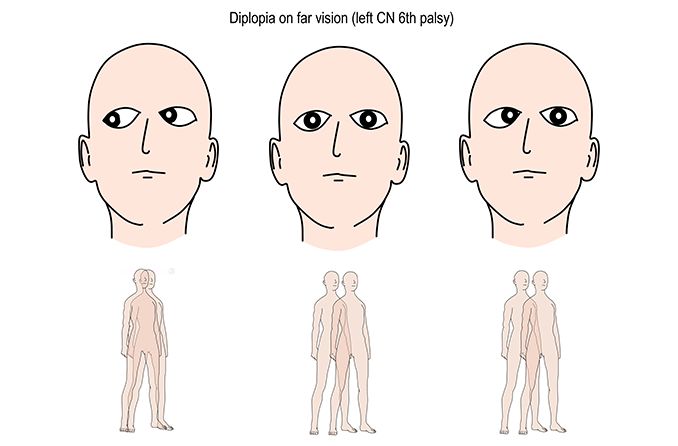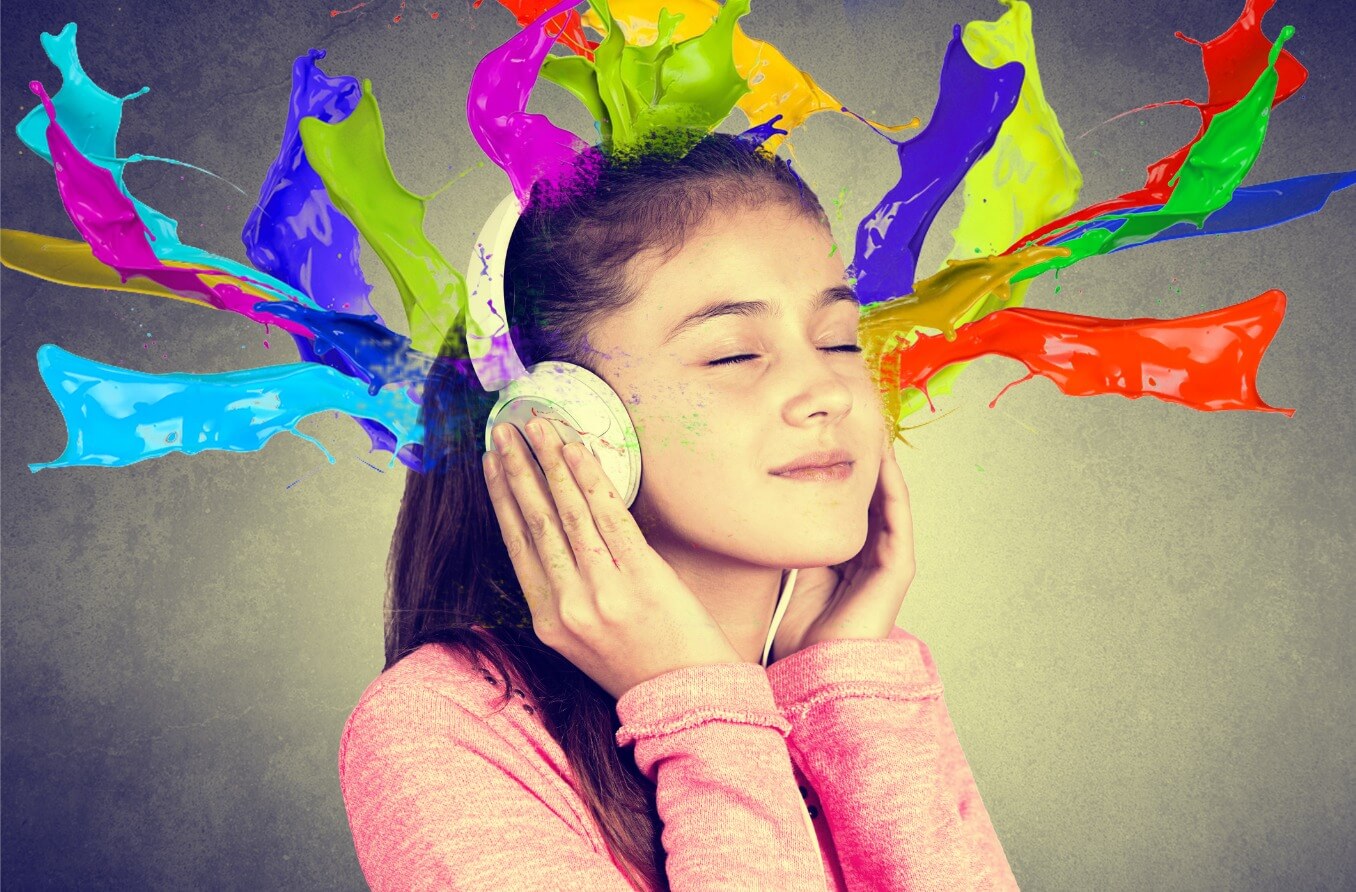What is visual vertigo?
Like other types of vertigo, visual vertigo is the feeling that you’re spinning even when you’re still. It’s called visual vertigo because it’s triggered by something you see (visual stimuli). In addition to the sense that everything is spinning, you may feel dizzy or off-balance, or have other uncomfortable sensations.
Visual or ocular vertigo is caused by a problem in the deepest part of your ear, called your inner ear. It can also happen when something changes the way your eyes and brain communicate with your inner ear.
Some people call it supermarket syndrome because the symptoms of visual vertigo can be triggered by a place with many complicated patterns and colors. It's also known as visually induced dizziness or VID.
The connection between vision and balance
Nerve signals that start in your inner ear travel to your brain so you can move your eyes in ways that help you balance. This is part of an automatic process called the vestibulo-ocular reflex.
This reflex lets you gaze in one direction while you move your head around. If part of it isn't working right, you may feel dizzy or unstable when you look around.
Your eyes may also make uncontrollable movements (called nystagmus) during a bout of visual vertigo. This too can be caused by a disturbance in your vestibulo-ocular reflex.
Symptoms of visual vertigo
Most visual vertigo symptoms are the same as other kinds of vertigo. The main difference is that an episode of visual vertigo is triggered by something you see.
Common symptoms include:
- Dizziness
- Feeling unsteady or off-balance
- Disorientation
- Feeling like the world is spinning
- Swaying
- Tilting to one side
Some people have other symptoms too, such as:
- Uncontrollable, rhythmic eye movements (nystagmus)
- Headaches
- Sweating
- Nausea or vomiting
- Feeling like there's a lot of saliva in your mouth
- Ringing in your ears (tinnitus)
- Turning pale
- Tiredness
These may not be your only symptoms, depending on the underlying cause.
Visual vertigo can make it feel like the room is spinning, but it usually doesn't make your vision look shaky or jumpy. This is a separate symptom called oscillopsia. However, people who have nystagmus along with vertigo may notice shaky vision.
Common triggers
Visual vertigo triggers can vary from person to person. Some of the more common triggers are:
- Riding in a car, bus, train or other moving vehicle
- Moving through a place with complex patterns or objects (like a grocery store)
- Traffic, crowds or other groups of objects moving around you
- Watching a movie in a theater
Visual vertigo causes
Visual vertigo is related to a problem with your vestibular system. This part of your inner ear helps you balance your body and move your head.
While doctors can sometimes find an underlying cause, they don't always know why someone experiences ocular vertigo. But they do know it connects to the vestibular system in some way.
Some of the more common underlying causes include:
- Persistent postural perceptual dizziness (PPPD) – An inner ear problem that causes visual vertigo and vertigo when you're standing up.
- Benign paroxysmal positional vertigo (BPPV) – A vestibular condition that makes you feel dizzy whenever you move your head.
- Vestibular migraine – A type of migraine that causes vertigo symptoms. It can also make objects look smaller than they actually are.
- Head or neck injury – A concussion, whiplash, or other head or neck injury could affect your vestibular system and cause visual vertigo.
- Vestibular neuritis – Temporary vertigo spells likely caused by an aggravated nerve inside your head. Researchers think this happens during or after a viral infection.
- Labyrinthitis – Dizziness and hearing loss caused by inflammation in the maze-like labyrinth inside the inner ear.
- Ménière's disease – A rare inner ear condition that can cause vertigo and affect hearing.
- Binocular vision dysfunction (BVD) – Mix-ups in the way your eyes and brain work together as a team.
Some of these problems can happen together (or one after another), so your doctor may diagnose you with more than one.
For example, BPPV can occur on its own, or it can happen during or after vestibular neuritis, labyrinthitis or an injury.
How vision problems can lead to vertigo
Binocular vision dysfunction (BVD) is both a vision problem and a possible underlying cause of visual vertigo. BVD causes can be related to your eyes, brain, nerves, or a combination of two or more things. Eye- and vision-related causes of BVD can include:
- Refractive errors like nearsightedness, farsightedness or astigmatism
- Strabismus (sometimes called crossed eyes)
- Amblyopia (also known as lazy eye)
Additionally, BVD can lead to vision issues that are sometimes associated with vertigo, including:
- Eye strain (asthenopia)
- Blurry vision
- Double vision (diplopia)
READ MORE: What causes dizziness with blurred vision?
Treatment and prevention
If your doctor finds out what's causing your symptoms, they may recommend treatment for that specific condition. Treating the underlying problem could relieve your visual vertigo and help prevent future episodes.
Exercises
If they can't find a cause, your doctor might suggest certain exercises to help with your vertigo. There are specific routines that may help you improve uncomfortable vertigo symptoms and tolerate visual triggers better over time.
Your doctor may also refer you to an audiologist or physical therapist who specializes in vestibular rehabilitation therapy (VRT). This type of therapy is designed to help improve your balance, reduce your dizziness issues and risk of falling, and improve your quality of life. Your protocols will be tailored based on your symptoms and needs.
VRT typically includes exercises from one or more of the following groups:
- Habituation – These exercises focus on eye movements and head movements.
- Adaptation – These exercises work on balance and gait.
- Substitution – These exercises teach alternative techniques for maintaining visual stability when vestibulo-ocular reflex is compromised.
Medication
Medicine isn't usually a big part of the way doctors treat visual vertigo, though some research has shown that the drug acetazolamide may help improve visual vertigo symptoms.
Your doctor will tell you if this or another medication could offer some relief.
READ NEXT: Do motion sickness glasses really work?


